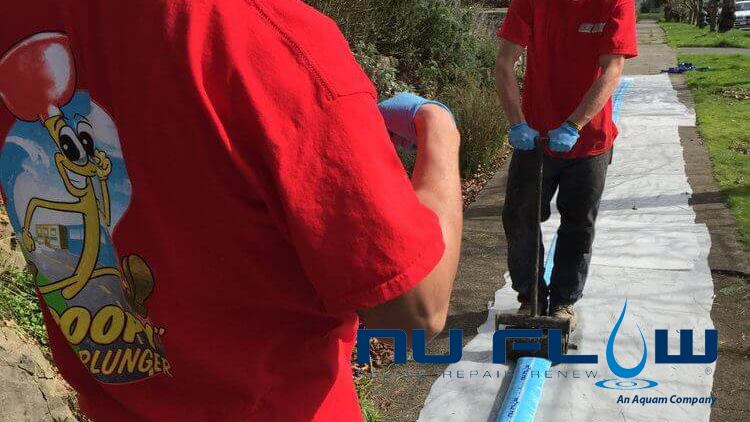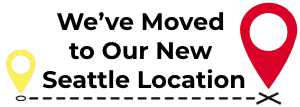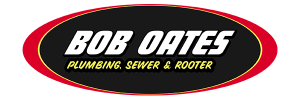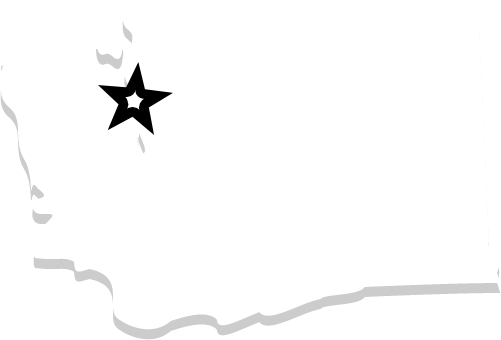Everything to Know About the Trenchless Pipe Lining Process
CALL (206) 789-4944
Serving the Greater Seattle Area

Before the advent of trenchless pipe lining, sewer pipe repairs were a daunting task for many homeowners. Heavy machinery and large labor crews had to excavate landscaping and driveways to access the pipes.
This traditional approach was extensive and often impacted the home and nearby pavement, resulting in a time-consuming and costly process. Thankfully, these days, the old way of doing things has been superseded by our sewer pipe relining service.
At Bob Oates, our team is expertly trained to employ this improved repair process with precision.
Read on to learn more about the trenchless pipe lining process!
What is Trenchless Pipe Lining?
Trenchless pipe lining solutions have been around for decades and are a no-dig method of restoring pipes that are leaking, cracked, or corroded due to a variety of reasons, such as tree root intrusion, aging, and blockages, among other things.
The procedure is also called cured-in-place pipe (CIPP) lining. It renews your sewer pipe from within, offering an excavation-free, underground solution.
This minimally invasive, environmentally friendly process restores your pipe in just one day, preserving your yard while saving you time and money.
How the Trenchless Pipe Lining Process Works
Let’s go over what to expect when deciding on the trenchless approach to relining your sewer pipe.
Acquiring Permits
While trenchless pipe repair doesn’t entail extensive digging that could be considered full-on “construction,” a contractor would need to secure permits before starting the project.
Bob Oates Sewer & Rooter is a registered side sewer contractor with over 30 years of service in the Greater Seattle Area. We’ll always make sure that all necessary paperwork is good to go before we proceed with the lining process.
Sewer Camera Inspection
On site, our sewer lining process starts with a sewer camera inspection. A waterproof robotic camera is inserted into the pipeline through an existing entry point, such as a drain or sewer cleanout.
The camera records the pipe’s interior from the building to the municipal connection. This allows the technician to locate cracks and determine if cleaning is needed before applying the liner.
This cost-effective and quick method identifies the exact issue within the pipe.
Cleaning and Taking Measurements
If sewer lining is recommended, the pipe must be cleaned for the lining to succeed. We use hydro jetting, a high-pressure water flush, to remove corrosion and waste, leaving a smooth interior for the epoxy resin lining to adhere to and cure.
Next, we take the pipes’ measurements to know how much liner mixture and pipe liner to use. The resin is then measured and mixed according to these measurements.
Resin Pouring, Inverting, and Curing
Our team pours the resin mixture into a felt tube coated with specialty epoxy resin and an inflation bladder, thoroughly saturating the liner. The resin-saturated liner is then inverted so the resin is on the outside, ready to adhere to the damaged pipeline. This inverted tube is inserted into the pipe using air pressure.
The tube is left inflated for a few hours to allow the resin to cure and harden. Using hot air or Blue light curing technologies, we ensure the epoxy liner hardens in place, resulting in a strong, durable, and corrosion-resistant pipe.
Once cured, the tube and inflation bladder are removed, leaving a smooth new pipe resistant to corrosion and tree root invasion — all without extensive digging!
Benefits of Installing Trenchless Sewer Pipe Lining
- Little or no digging required — near-zero disturbance to landscaping, sidewalks, and driveways
- Eco-friendly procedure
- Minimal interruption to your daily routine
- Long-lasting plumbing solution, with a lifespan of up to 50 years
- Increased resale value when selling your home
As your trusted Seattle plumber, the team at Bob Oates is proud to offer a complete range of drain cleaning services and sewer pipe repair, along with the trenchless pipe relining discussed in this article.
We’re here for you with answers to any additional questions you may have — please contact us anytime!
CALL (206) 789-4944
Serving the Greater Seattle Area





